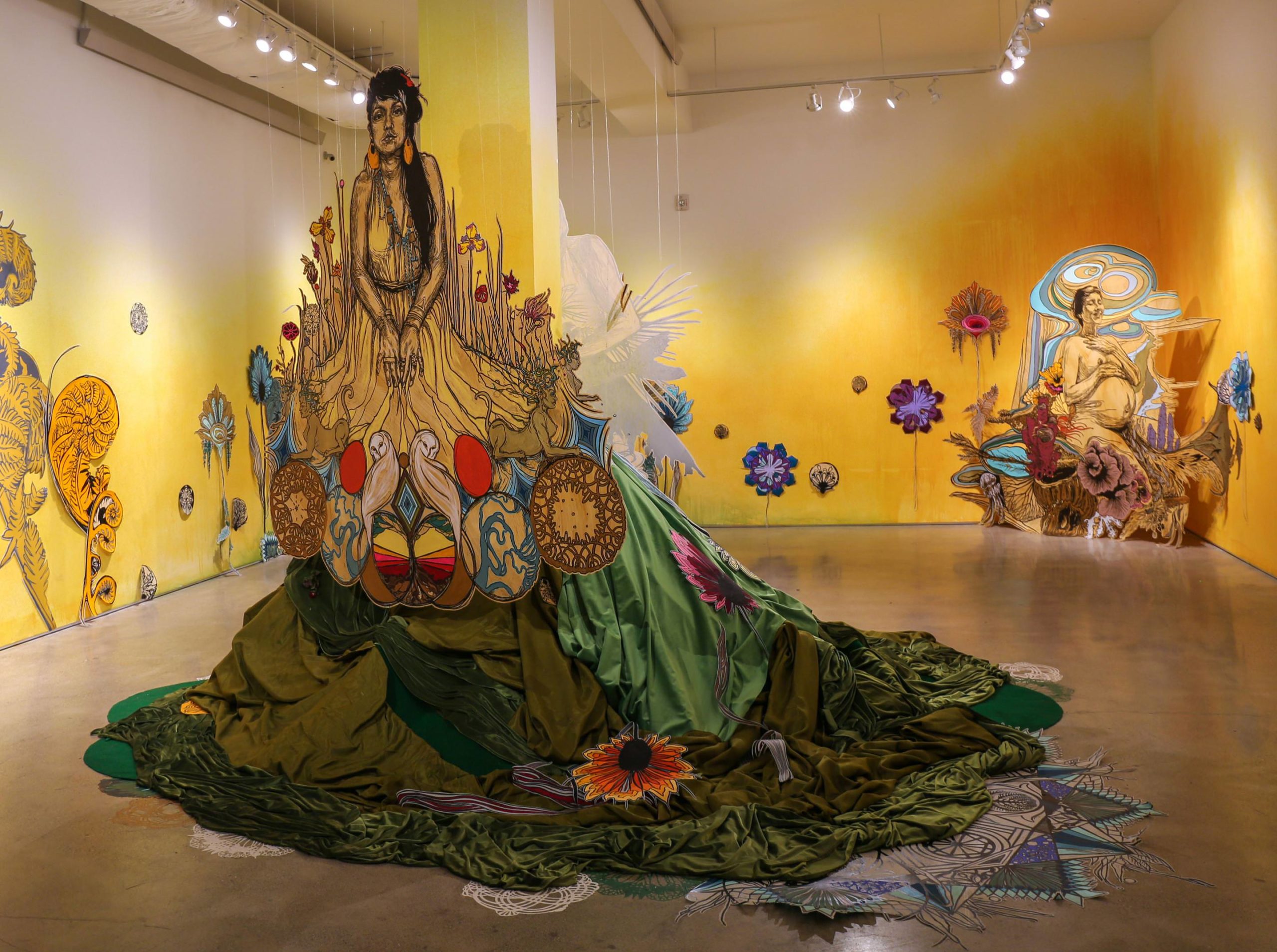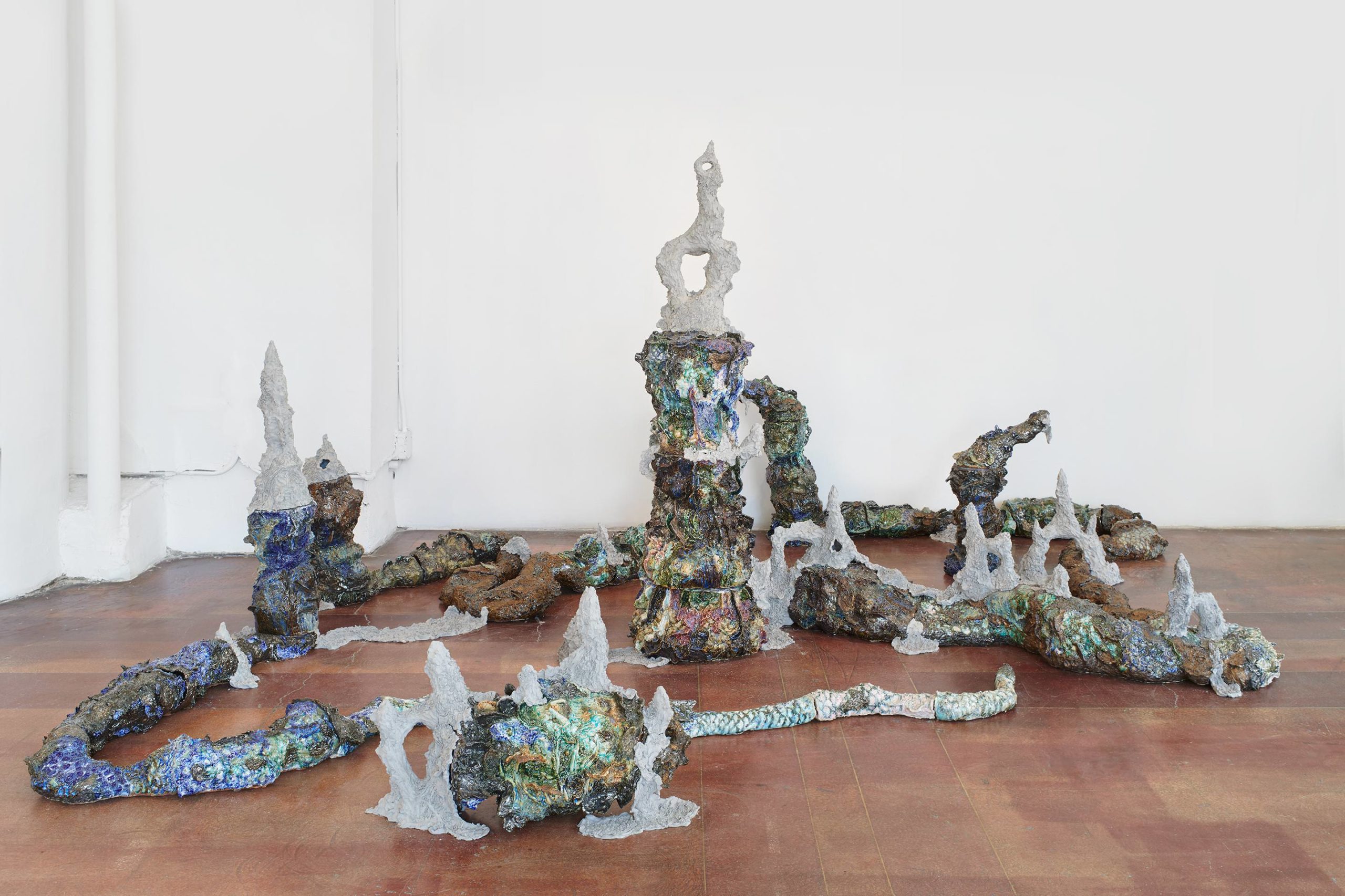Gia Hamilton began her career as an applied anthropologist, working in organizational design for a consulting firm in New York. That background has made her work as a curator and institutional leader—in spaces like the Joan Mitchell Center and now the New Orleans African American Museum—really shine, as she oversees new beginnings and major evolutions.
Whitewall spoke with Hamilton about her entrepreneurial approach to cultural spaces and her plans to involve the community of New Orleans in her latest endeavor.
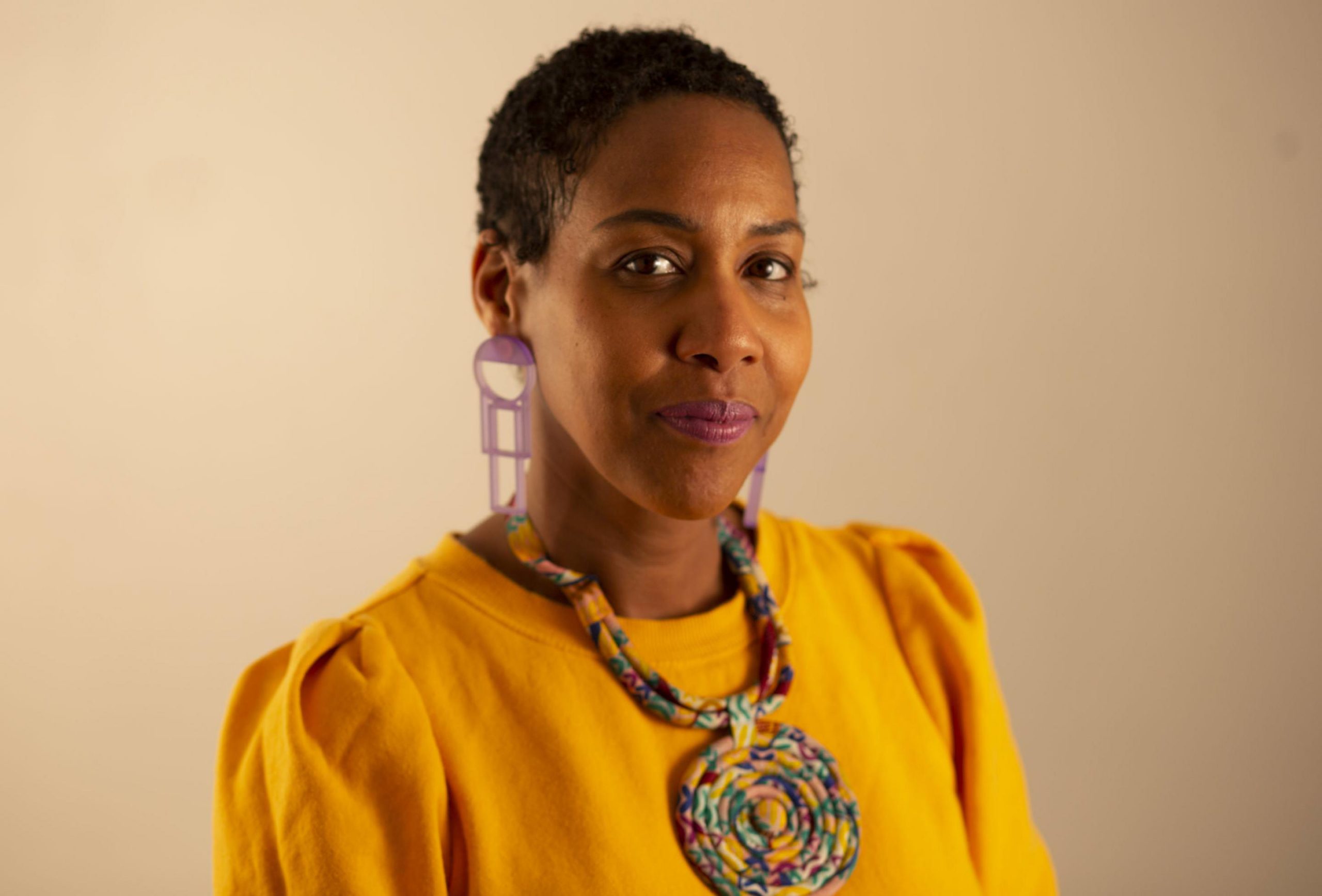
Portrait courtesy of Gia Hamilton.
WHITEWALL: As the new director of the recently reopened New Orleans African American Museum, can you describe your vision for both your role and the institution?
GIA HAMILTON: I am thrilled to have the opportunity to reopen the New Orleans African American Museum, which originally opened in 1996—where I was a young volunteer. These important historical houses sit on almost two acres of property in the Treme neighborhood, which is crucial to New Orleans history and a larger American narrative.
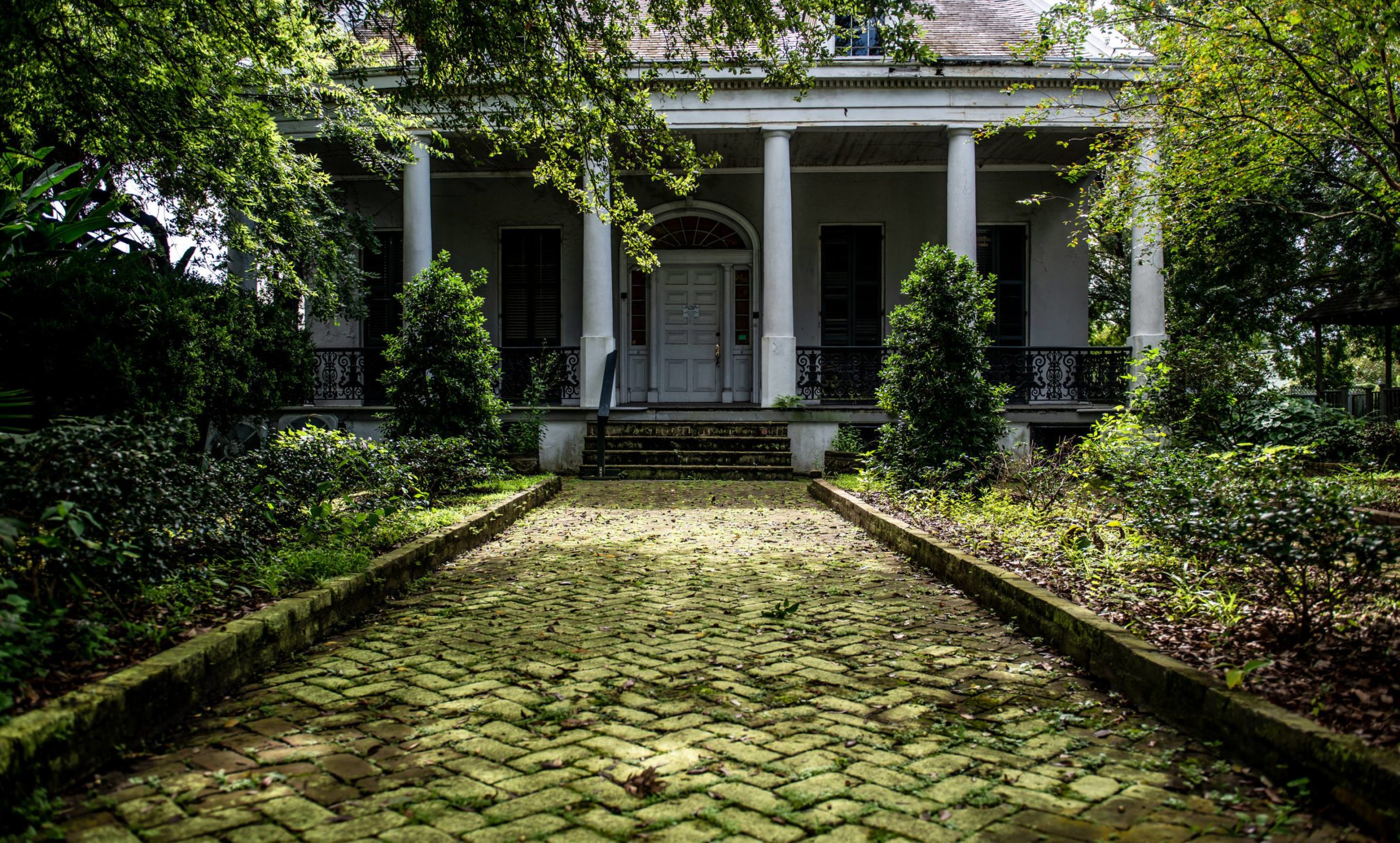
Courtesy of the New Orleans African American Museum
Photo by J.R. Thomason
My vision is to connect the dots between generations and to act as an exhibition space for arts and culture, support new projects as an incubator space and residency, as well as foster international relationships that connect narratives of the city of New Orleans and its black population. African American museums are essential to American history and writing our future as citizens, and I hope to showcase the importance of our city, the immense contributions of African Americans to what we now experience as New Orleans culture, and to support artists, artisans, creatives, scholars, curators, and cultural practitioners through a variety of programs and opportunities.
This will be a community-based effort to open and sustain this museum and to implement a new model for museums. Partnerships with New Museum’s IdeasCity, Independent Curators International, Amistad Center for Research, Colloqate, Afrofuture Society, and others are critical to our success.
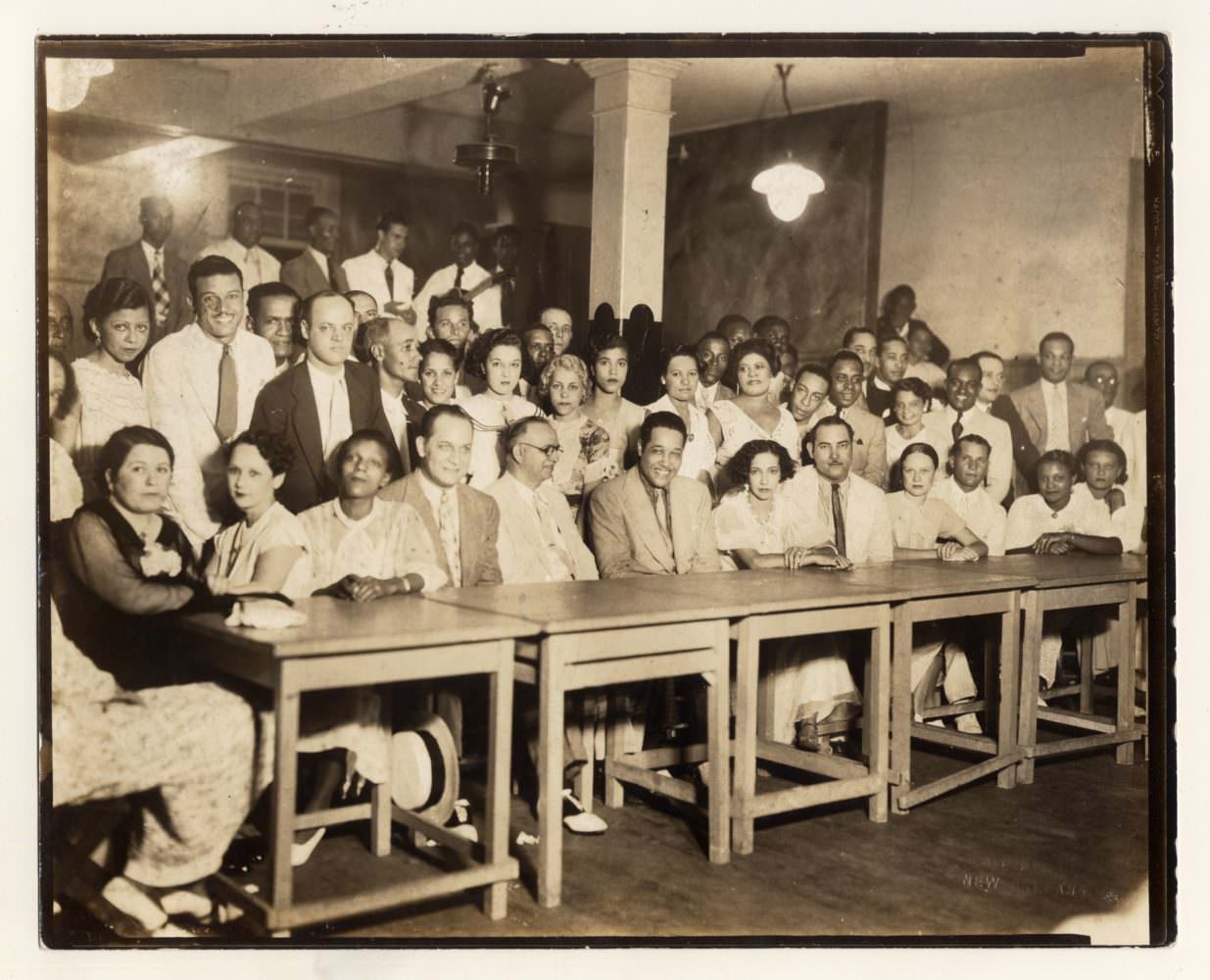
Photograph of Duke Ellington’s visit to The Autocrat Club by A. P. Bedou, 19 July 1935 In New Orleans Social Aid and Pleasure Club.
Courtesy of the New Orleans African American Museum.
WW: In past roles, like at the Joan Mitchell Center, where you created and led a thriving residency program, you’ve said you enjoyed overseeing beginning and transition periods. Why is that?
GH: I would say my practice is really rooted in healing and care. I’m really interested in creating both conceptual and physical spaces where people can go learn about themselves—what I would call a safer space to ask those critical questions. We have the opportunity to think about new models. We are in this interesting moment where we have institutions that are willing and ready to think about their transition, rethink their mission, and that requires a great deal of care and thoughtfulness.
WW: What position do you see the museum taking on in the greater cultural community of New Orleans?
GH: We want every native New Orleanian, transplant, and tourist to consider this a space to visit. We see this museum as repositioning itself to have a global context as we think about migratory patterns and the ways in which New Orleans influenced American economic and cultural norms. We will focus on history and how it relates to the now. How contemporary work and practices are connected to new and interesting timelines and narratives. We hope to uncover some narratives through artists’ work, historical documents, and ephemera as well as create temporal and liminal space to imagine futures and possibilities.
WW: Can you tell us about this summer’s “Paper Monuments” exhibition? What kind of engagement are you hoping for with the public art and public history project?
GH: Our goal this year is to partner with organizations who are doing work we are deeply aligned with and want to cultivate long-term relationships with, like Amistad Center for Research, Colloquate’s “Paper Monuments,” and Afrofuture Society’s “Welcome to the Afrofuture” exhibition.
This year’s theme is centered on time-space consciousness of blackness, which looks at the history of African Americans in New Orleans, Treme, specifically. Then in the late spring we look at current issues which impact us all, but in particular the work of organizers who have worked to dismantle racism and take down Confederate monuments here in New Orleans.There are 10 commissioned pieces from artists and creatives in New Orleans plus 40 posters that have been designed over the past few years. I hope that natives, transplants, and tourists alike can engage in this dialogue of what it means to memorialize people and places, to encourage us to imagine ways that we can share space, think about memory and the foundation of which this country was built with the hopes of creating a more equitable city and country. Artists have the capacity to spark these dialogues in ways that allow empathy, critical discourse, and connectivity.




